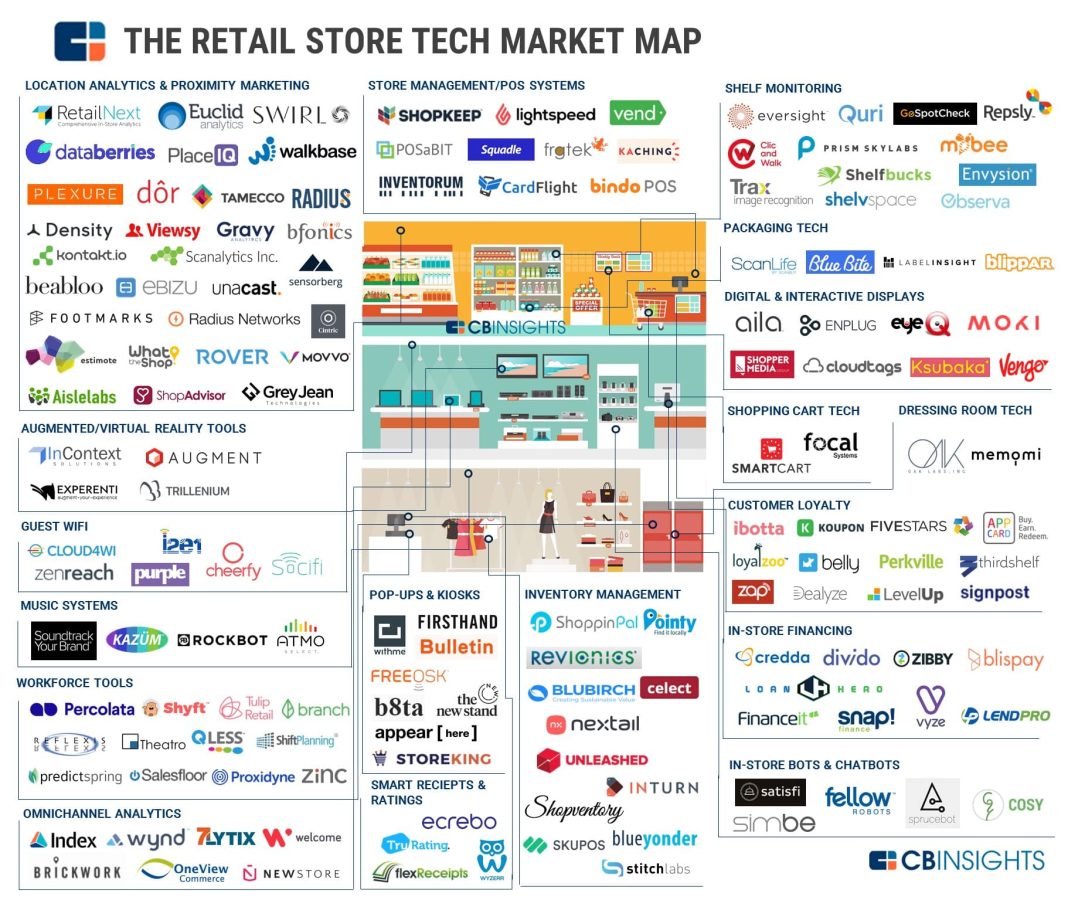 Title: Ensuring Fair Banking Services for Low-Income Australians: A Review of High Fees and Necessary Reforms
Title: Ensuring Fair Banking Services for Low-Income Australians: A Review of High Fees and Necessary Reforms
Subtitle: Australian Banks Forced to Address the Systemic Charging of High Fees to Low-Income Customers
Introduction:
Fair banking services are essential for all Australians, especially those on low incomes or living in regional and remote areas. However, a recent review conducted by the Australian Securities and Investments Commission (ASIC) has revealed that four major banks in Australia have systemically charged high fees to customers who could least afford them. This article delves into the findings of the review, explores the impact on low-income Australians, and highlights the necessary reforms to rectify the situation.
Systemic Charging of High Fees:
The ASIC report, covering data from November 2021 to November 2022, exposed the practice of major banks, including Commonwealth Bank, ANZ, Westpac, Bendigo, and Adelaide Bank, maintaining high-fee accounts for at least 2 million Australians on low incomes. These individuals often rely on Centrelink payments to meet their financial obligations.
Disproportionate Impact on Low-Income Customers:
Customers who qualify for government concession payments or hold a Commonwealth Seniors Health Card, Health Care Card, or Pensioner Concession Card are entitled to access low-fee accounts. Unfortunately, many of these customers remain in high-fee transaction accounts, resulting in the erosion of their limited funds. The report found that over a 12-month period, more than 150,000 eligible low-income customers were charged $6 million in fees, primarily comprising overdraw and dishonour fees.
Regional and Remote Areas Affected:
The ASIC report also revealed that most banks require customers to “opt-in” to switch from high-fee to low-fee accounts. This disproportionately affects consumers from regional and remote areas who face additional barriers to accessing fair banking services. A case study highlighted that low-income customers in Alice Springs were more likely to be charged fees compared to low-income customers in other areas. Despite being one of the most disadvantaged regions in Australia, Alice Springs had 3,054 low-income customers collectively charged $205,280 in fees.
Addressing Financial Distress and Implementing Reforms:
The ASIC Commissioner, Alan Kirkland, emphasized that the banks caused financial distress through avoidable fees and complex processes. He stated that the banks had known about the inappropriate high-fee accounts held by low-income customers and only took action after ASIC’s intervention. The review prompted the banks to migrate over 200,000 customers to low-fee accounts, estimated to save them $10.7 million. Additionally, the banks will refund over $24.6 million in fees to customers over the next 12 to 18 months, including those receiving ABSTUDY payments and residing in areas with significant Indigenous populations.
Importance of Fair Banking Services:
The findings of the ASIC review underscore the areas where banks have failed to prioritize their customers’ needs. Providing fair banking services to all Australians, regardless of income or location, is crucial for a well-functioning financial system. Banks must establish easily accessible systems and processes that enable low-income customers to transition seamlessly to low-fee accounts.
Conclusion:
The ASIC’s review has shed light on the systemic charging of high fees to low-income Australians by major banks. The report highlights the financial distress caused by avoidable fees and complicated bank processes. Through ASIC’s intervention, the banks have been forced to address the situation and take steps towards rectifying it. Moving forward, it is essential for banks to prioritize fair banking services, ensuring that low-income customers have easy access to low-fee accounts, regardless of their location. By doing so, they can contribute to a more inclusive and equitable financial system for all Australians.


